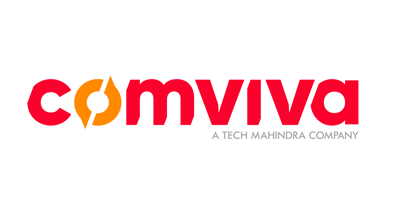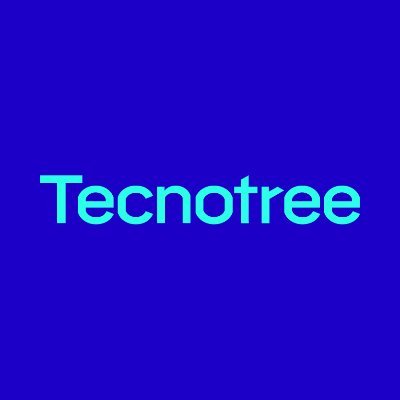



Tata Play has one of the highest market shares in India’s direct-to-home (DTH) market. The company wanted a streamlined entry into the over-the-top (OTT) sector, aggregating content for providers like Netflix, Amazon Prime and Disney+ Hotstar. This includes bundling them into creative and lucrative offers to boost revenues and customer experience, and gain a competitive advantage. It also planned to launch a freemium model app to compete against the likes of YouTube. Its app is open to all phone users across India to consume basic free content with paid-for options provided by partners. Other business goals were to shorten the time to market and boost revenues.
Outcomes
Payment for third-party software
0
reducing total cost of ownership
Play’s new stack
CRM, billing & subscription
is microservices based
Aggregator can target
1bn+ mobile & 100mn OTT
paid subscribers
Improvement in efficiency
50%
from overall monitoring
Deployed 500 cloud native pods for core network and CPE capacity at
100,000
sites across four zones in India
Deployed 500 cloud native pods for core network and CPE capacity at
100,000
sites across four zones in India
Deployed 500 cloud native pods for core network and CPE capacity at
100,000
sites across four zones in India
Deployed 500 cloud native pods for core network and CPE capacity at
100,000
sites across four zones in India
